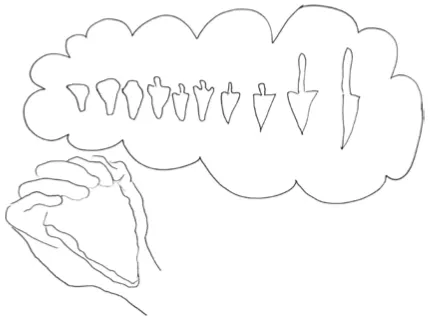
The Philosophy Foundation
Ideas, activities and questions to get people, young and old, thinking philosophically
- 344 pages
- English
- ePUB (mobile friendly)
- Available on iOS & Android
The Philosophy Foundation
Ideas, activities and questions to get people, young and old, thinking philosophically
About This Book
Imagine a one-stop shop stacked to the rafters with everything you could ever want to tap into young people's natural curiosity and get them thinking deeply. Well, this is it! Edited by professional philosopher Peter Worley from The Philosophy Shop and with a foreword by Ian Gilbert, this book is jam-packed with ideas, stimuli, thought experiments, activities, short stories, pictures and questions to get young people thinking philosophically. Primarily aimed at teachers to use as a stimuli for philosophical enquiries in the classroom or even as starter activities to get them thinking from the off, it can also be used by parents for some great family thinking or indeed anyone fed up of being told what to think (or urged not to think) and who wants a real neurological workout. The proceeds of the book are going towards The Philosophy Foundation charity.
Frequently asked questions
Information
Metaphysics or What There Is
Metaphysics: Ontology (or Existence)
A Knife Idea
Peter Worley








Table of contents
- Cover
- Title Page
- Dedication
- Acknowledgements
- Preface
- Contents
- Epigraph
- Introduction
- The Shop Part I: Metaphysics or What There Is
- The Shop Part II: Epistemology or What Can Be Known About What There Is
- The Shop Part III: Value or What Matters In What There Is
- The Shop Part IV: Language and Meaning or What Can Be Said About What There Is
- Further Reading
- About the Authors
- Copyright